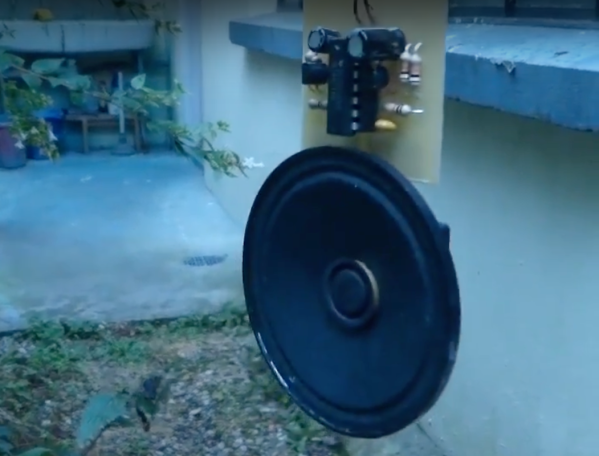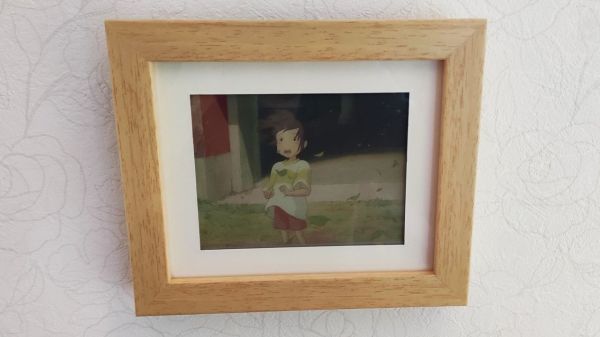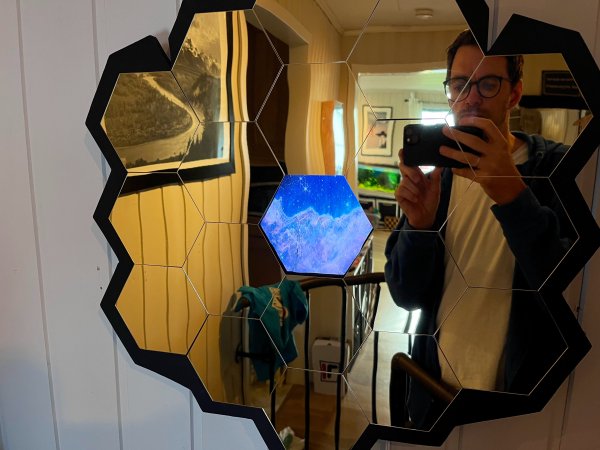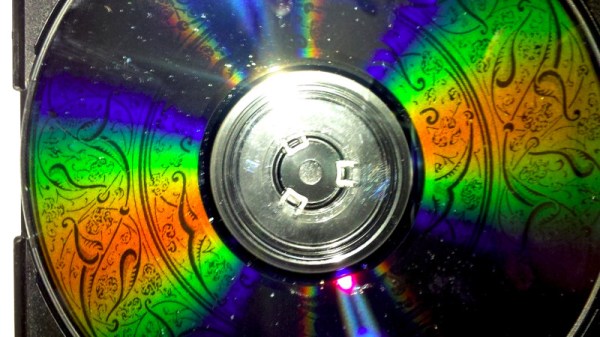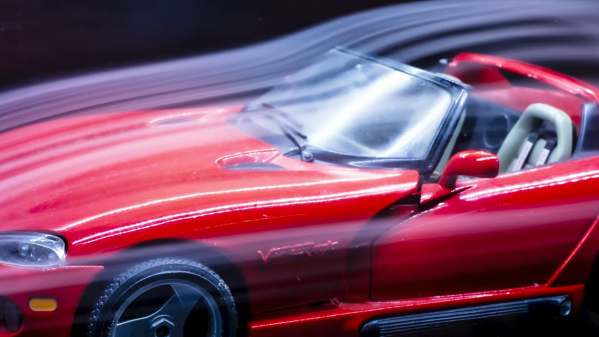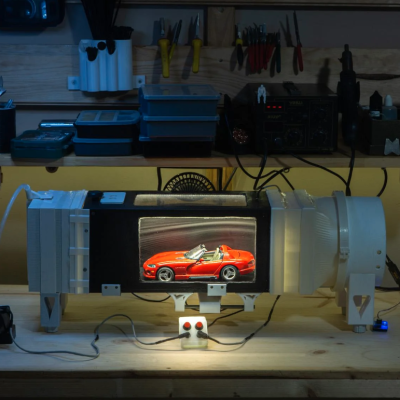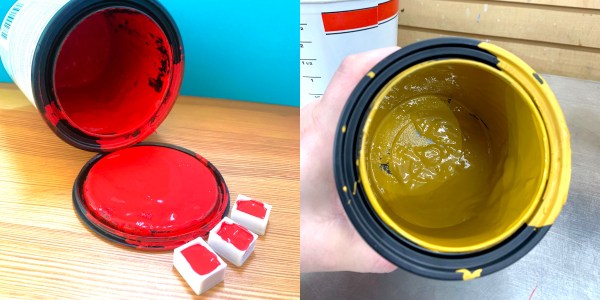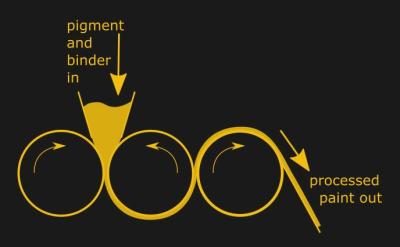When most of us approach a project, we have a certain problem to solve. 3D printing, microcontrollers, batteries, and all kinds of technologies are usually tools to accomplish some task. This is not necessarily true in the art world, though, where the intrinsic nature of these tools can be explored for their own sake rather than as a means to an end. The latest one that came across our desk is this light-powered sound generator.
The art piece looks a bit like a mobile with rotating arms, holding various small solar cells each connected to a speaker. As the arms pivot, the light falling on the cells changes which drives a specially-designed circuit connected to a speaker. The circuit acts as an oscillator, passing the changing voltage from the cell through various capacitors and transistors to produce changing tones in the speaker.
The effect of the rotating solar panels is not only oscillations from the speakers as the light changes, but oscillations in the sound of the speakers as they rotate towards and away from the observer. It’s a unique project and perfect for the art show it was in. It’s also not the only sound-focused art installation we’ve ever seen before, be sure to check out this one based on an ESP32.

